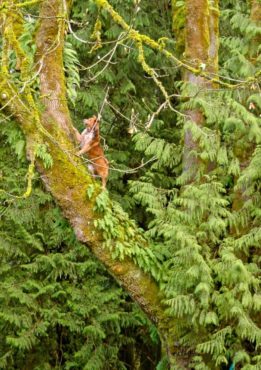
Every mutt, no matter the pedigree, has its own personality. A tiny dog can have a huge presence, self-confidence and the need for mental stimulation despite its small size. A large one may spend the happiest moments napping in a quiet spot in the sunshine. Another may never relax, always on the lookout for a potential territorial invasion.
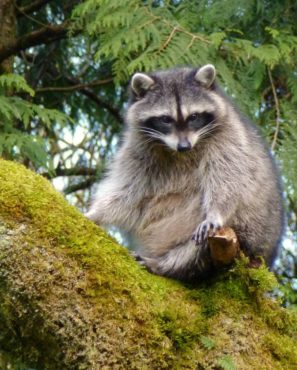
How well individuals get along with their canine companions depends on how well the owners communicate with their dogs, train them, understand their needs, honor their own requirements and physical abilities and design their gardens to maximize enjoyment together.
Every prospective dog owner ought to spend some time figuring out what dog characteristics would best fit in with his or her lifestyle. The more active and bigger the dog, the larger an area it will need for exercise.
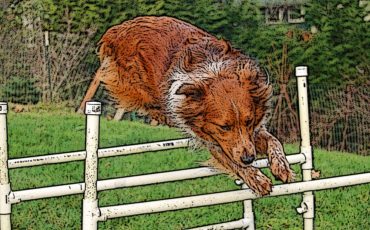
Some of the larger breeds can be quite satisfied with less exercise, however, and will spend many hours napping in the sun or in a cool spot under a deck. The smaller the pooch, the smaller the open space it will need and the lighter the dog’s impact on the grass.
Understanding the history of the breed is helpful as well. Were they bred for flushing out birds during a hunt as a beagle; retrieving prey like a lab or retriever; rounding up a herd of sheep, geese or cows as a shepherd or cattledog; or chasing after rodents in their burrows like a terrier? All these breeds have behaviors that enable them to be successful in those jobs and it would behoove humans to understand what drives them at a basic level.
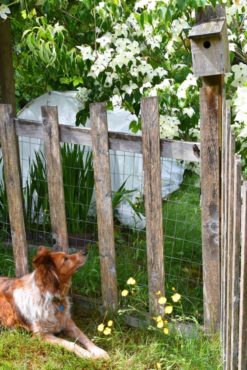
Is your dog a digger, a noisy watchdog, a tireless retriever? Some problem behaviors (digging, for example) can be difficult to train out of a dog if they have deep roots in the breeding.
How can you design your yard to maximize enjoyment and minimize conflict with your pooch?
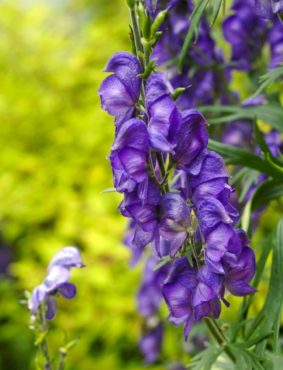
The safety of your pet is paramount, and the best way to achieve it is to enclose your yard with a fence tall enough to keep the dog inside. Be aware that if you plan to teach your dog the sport of agility, he or she will become a great jumper, so plan your fence heights accordingly. A fence will not only keep your pup in but also keep some wildlife out.
A dedicated watchdog will patrol the fence line and b-line to the best vantage points. Pay attention to these favorite pathways. Plant sturdy plants in those areas and consider laying down some wood-chip mulch along the fence and paths where the dog is most likely to run.
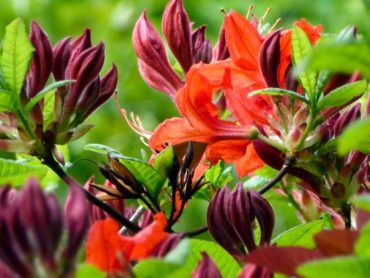
A solid fence may reduce some of the stimulation by decreasing visibility. You can select a few spots in a wooden fence for little windows or peek-holes so your furry friend can see out. This would be a great way to direct where your dog runs to along the fence, as the window would be a magnet.
What about an invisible fence? This seems like a fairly easy and less expensive option to install than an actual fence but there are a few things to consider:
-
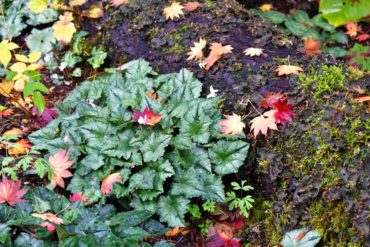
Cyclamen This type of fence works to keep your pet in the area surrounded by the invisible fence. If something proves irresistible on the outside of the area and your pet makes the choice to pay the price of electric shock and crosses the line, the dog may not be quite so driven to cross it again to get back home.
- An invisible fence will not keep other animals from entering your yard.
- The use of electric stimulus to train an animal is not positive reinforcement and may make sensitive dogs more timid.
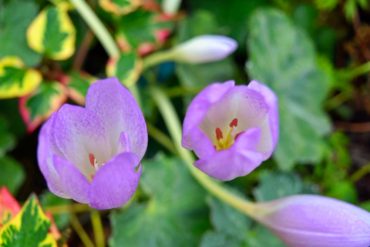
If you have a vegetable garden, you may wish to exclude your dog from it for various reasons. Many dogs enjoy munching on brassicas like broccoli, cauliflower and kale, pulling entire plants out of the soil! Strawberries, plums, apples and even grapes are favorites, and if you want to enjoy any yourself, a fence surrounding your edibles will go a long way in preventing frustration.
Grapes, rhubarb and onions are harmful to dogs. Although it’s doubtful they would dig up onions, grapes are quite enticing.
If you have one of the smaller breeds like lap dogs and terriers, you may want to build an enclosure with a roof to keep predators from swooping in and carrying your pet away. Eagles and owls are capable birds of prey, their nests often full of pet collars.
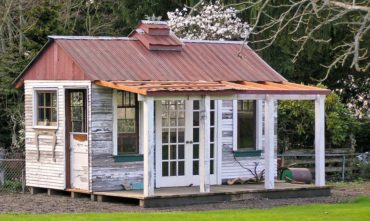
An outdoor enclosure is also useful if you plan to leave your pet outside while you are not at home. The animal should be calmer in a smaller space, especially if that enclosure is away from a perimeter fence to keep stimulation low. A roof, a comfortable bed, fresh water and an area for eliminating will keep your dog safe.
If you do plan to leave your pet outside when you are not there, check with the neighbors to make sure the dog is not barking from boredom while you are gone. The relentless bark of a lonely dog can drive anyone within earshot batty!
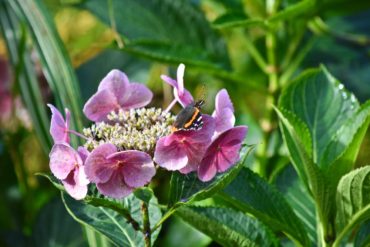
A well-designed dog fence can be a beautiful garden feature covered with vines and bordered by beautiful shrubs and perennials. Choose plants that will not harm your pet. A few to avoid are:
- Aconitum (monkshood)
- Ricinus communis (castor bean)
- Leucothoe (fetterbush)
- Digitalis (foxglove)
- Pieris japonica (Japanese andromeda)
- Calla lilies
- Azaleas and rhododendron
- Taxus (yew)
- Hedera helix (ivy)
- Helleborus (lenten rose)
- Ligustrum (privet)
-
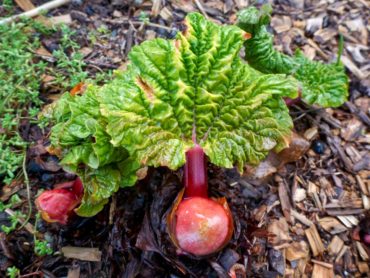
Rhubarb Cyclamen
- Colchicum autumnale (fall crocus)
- Convallaria majalis (lily of the valley)
- Paeonis (peony)
- Nandina (heavenly bamboo)
- Hydrangea
- Rhubarb
- Iris
- Hosta
(See petpoisonhelpline.com, aspca.org for a more comprehensive lists of toxic plants.)
This doesn’t mean you need to get rid of every poisonous plant in your yard when you bring your dogs home. Watch them carefully to learn their behavior. If they want to chew everything in sight, by all means remove anything that’s toxic from their environment. If they ignore your plants, you need to remain vigilant, use your best judgment and not play tug-of-war with rhododendron branches or other toxic plants. Clean up when you prune anything that is toxic so the pets will not pick up harmful branches lying on the ground.
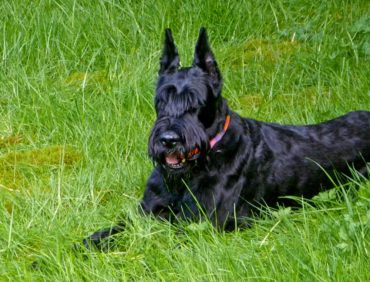
An organically managed garden is a much healthier environment for your dog. Organic remedies and fertilizers are not without risk, however, and all can be hidden away in a garden shed.
Fertilizers derived from fish, bone or blood may prove irresistible to pets. Bone meal can cause a large obstruction in the stomach if enough is consumed and blood meal can cause stomach upset or even pancreatitis, according to the Pet Poison Helpline. No garden is complete without a whimsical shed. Be creative and have fun.
No plant is happy without a nice layer of organic mulch. Be choosy, however. Cocoa mulch is toxic to dogs, just like dark chocolate. Animal manures may prove quite irresistible as well, and if your dog likes to sleep in your bed or on the sofa, you may want to choose a different material.
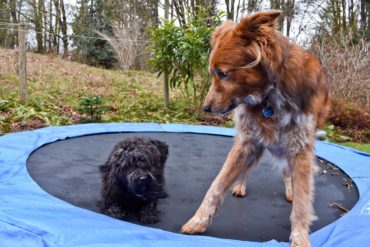
Rough wood mulch and arborist chips (chipped wood from pruned branches and trees) are a wonderful mulch for perennial and shrub beds, will not compact under the weight of paws and will keep your dog clean. If you would like to use some animal compost on your beds, including fish compost, you could cover it with a layer of wood mulch, though dogs do have that amazing sense of smell and may still go looking for what’s hiding under the wood chips.
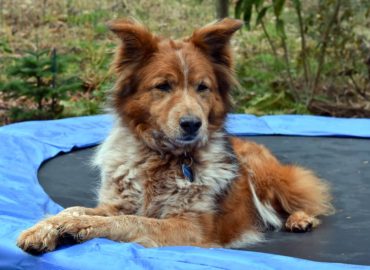
What about keeping a lawn looking its best where paws tread? A lawn will have to take second seat in the hierarchy but it is possible to have a green, soft “carpet” to play on. Clover, rye and fescue grow well in our area and withstand the rigors of puppy play.
Having some taller grass along the edges will draw the male dogs to mark there; if you have females, you may need to water the spots where they eliminate to dilute the urine. If you do nothing, the areas will eventually green up really well due to the nitrogen in urea.
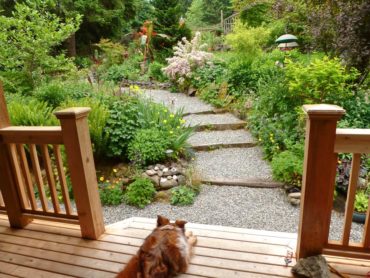
Set your lawnmower to the highest setting and keep your grass trimmed fairly tall to give it resiliency. Aerate in the fall to alleviate compaction.
What can you do if your dog is a digger? If training and pleading don’t do the trick, a low fence around the beds is one choice. Another option is to cover the areas of interest with some fencing that is then hidden by mulch. Plants will grow through the fencing but digging won’t be possible.
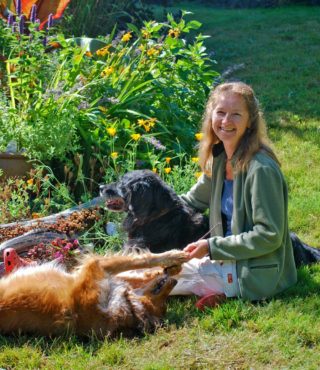
Weeding won’t be as easy though, so use this technique sparingly. You can also spread some thorny branches among your beds to encourage your pup to play elsewhere. Just remember you did that the next time you weed in that area.
If you want to create a true dog heaven in your yard, you can include a wading pool (keep the water clean for your dog’s health), some agility equipment and a trampoline for laying on, jumping onto and hiding under.
Design your garden to include island flower beds to chase around. And, most importantly, provide a vantage point for your loyal companion’s territorial surveillance. A dog bed on a sunny, covered porch is the most coveted spot in the yard, even in midwinter.
Every gardener ought to have a furry companion sharing the joys of being outdoors, getting muddy, playing in the leaves and languishing in the sun. Here is to those moments in your slice of paradise!





























Comments